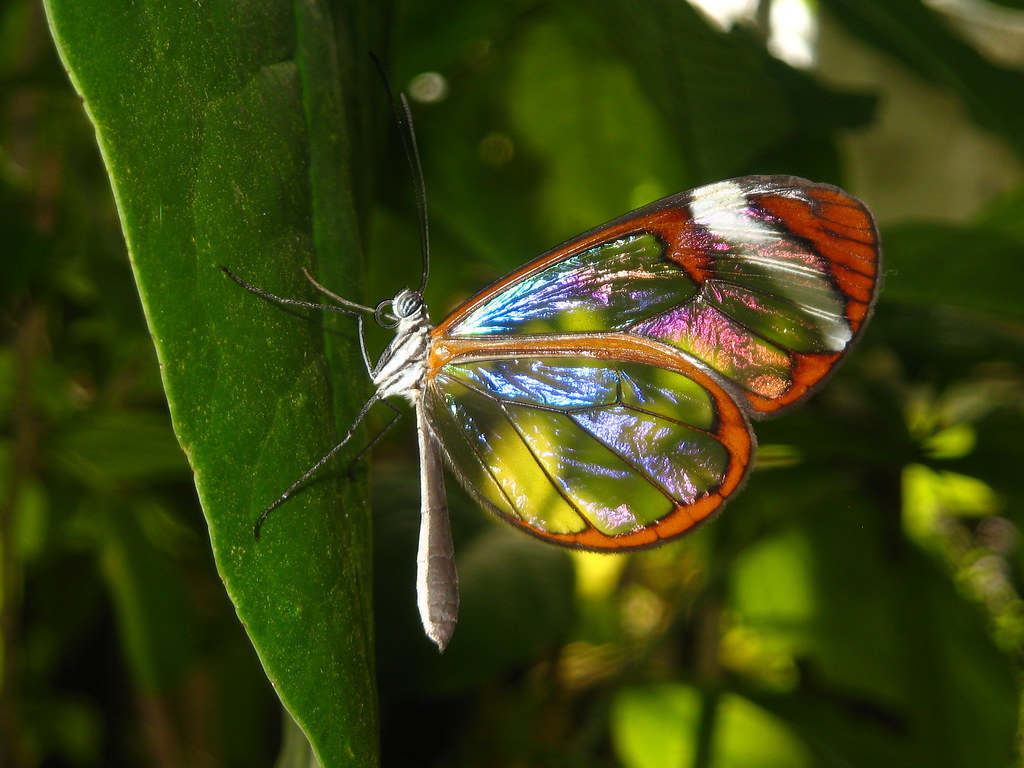In the hushed corners of gardens and across vibrant meadows, butterflies engage in a complex dance of communication—without uttering a single sound. Unlike the chirping birds or buzzing bees that announce their presence through auditory signals, butterflies have evolved sophisticated visual and chemical languages that enable them to navigate their world with remarkable precision. These delicate creatures, with lifespans often measured in weeks rather than years, must efficiently communicate to find mates, avoid predators, and locate food sources. Their silent language, composed of wing patterns, flight behaviors, and invisible chemical trails, represents one of nature’s most elegant solutions to the fundamental need for connection. As we delve into the secret language of butterfly communication, we discover a world where survival depends not on volume but on visual splendor and chemical subtlety.
The Visual Vocabulary of Wing Patterns

Butterfly wings serve as nature’s most exquisite billboards, advertising messages through intricate patterns that have evolved over millions of years. The distinctive eyespots found on species like the peacock butterfly don’t merely add aesthetic beauty—they function as powerful visual signals that can startle predators, mimicking the eyes of larger animals and buying precious seconds for escape. Color patterns also serve as species recognition markers, allowing butterflies to identify potential mates from a distance without wasting energy on futile pursuits. Some species, like the blue morpho butterfly, possess wings with microscopic scales that scatter light to create iridescent signals visible to other butterflies but calibrated to specific wavelengths that some predators cannot detect. This visual language has developed with such precision that even subtle variations in pattern can communicate significant differences in species, sex, age, and health status.
Wing Positioning as Silent Speech

The angle and position at which a butterfly holds its wings convey specific messages to other insects and potential threats in their environment. When basking with wings spread wide, butterflies aren’t merely soaking up sunshine—they’re often performing territorial displays that signal ownership of a particular area to rivals. The monarch butterfly engages in a distinctive wing-clapping behavior during courtship, where males rapidly open and close their wings to waft pheromones toward potential mates. Some species, including several swallowtails, will rapidly flutter their wings while remaining perched to create visual signals that warn away competitors or attract attention from specific observers. Perhaps most fascinating is the “rejection posture” adopted by unreceptive females, who position their wings and abdomens in ways that physically prevent mating attempts and clearly communicate their unavailability without ambiguity.
Flight Patterns as Communication
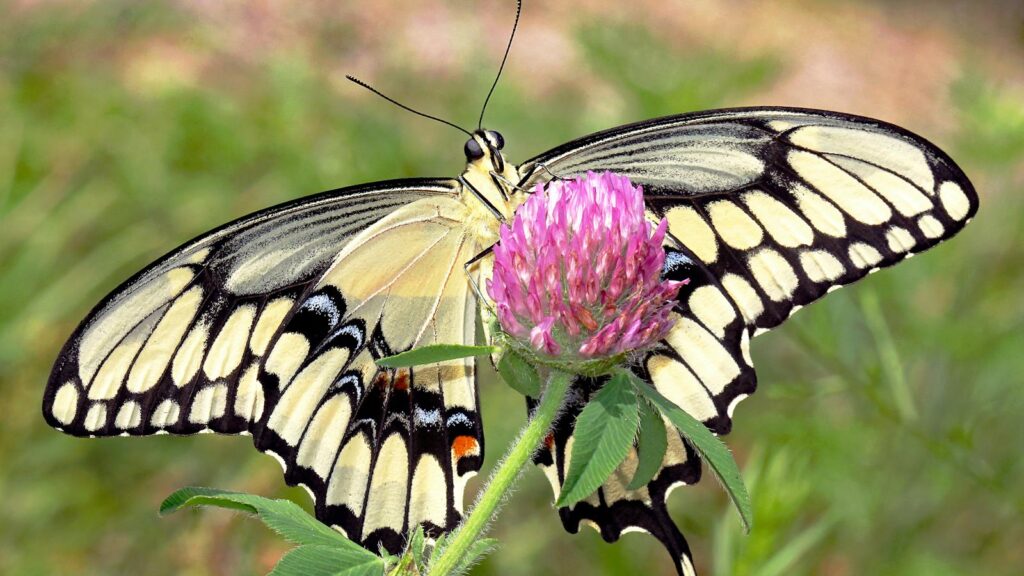
The way a butterfly moves through the air constitutes another chapter in their silent communication handbook. Males of many species perform elaborate aerial dances, following specific flight trajectories that demonstrate their vigor and genetic fitness to watching females. The distinctive spiral flight of the male queen butterfly serves as a courtship display that showcases his strength and agility. Some butterflies engage in what researchers call “territorial spiraling,” where two males ascend in tight, competing circles to determine dominance without physical contact. The zigzagging flight pattern adopted by many species isn’t random evasion but a sophisticated anti-predator signal that indicates the butterfly has detected a threat and is capable of unpredictable movement. These aerial ballets contain information as precise as any spoken language, conveying intentions, warnings, and invitations through the silent poetry of movement.
The Invisible Language of Pheromones

Perhaps the most sophisticated aspect of butterfly communication exists in a realm invisible to human eyes—the chemical signals known as pheromones. Male butterflies of many species possess specialized scent organs called androconia, scales that release pheromones to attract females from remarkable distances. These chemical messages are extraordinarily specific, allowing butterflies to identify not just species but individuals, with females able to assess genetic compatibility and male quality through subtle variations in scent profiles. The queen butterfly male dusts females with pheromones during courtship, transferring compounds that make her less attractive to other males and thus reducing competition. Some female butterflies release “anti-aphrodisiac” compounds after mating that signal their unavailability to other males, an efficient chemical “do not disturb” sign. This chemical vocabulary operates over varying distances, from long-range attraction signals to intimate chemical conversations during close encounters.
Ultraviolet Signaling Beyond Human Perception

Butterfly wings contain a secret language written in ultraviolet patterns invisible to the human eye but brilliantly clear to other butterflies. Unlike humans, who perceive three primary colors, butterflies can see in the ultraviolet spectrum, opening an entire channel of communication inaccessible to many of their predators. The common sulfur butterfly appears uniformly yellow to human observers, but other butterflies see striking ultraviolet patterns that differentiate males from females with unmistakable clarity. Some species have evolved wing patterns with UV reflective scales that create bright beacons to attract mates from considerable distances. Research has revealed that female choice is often strongly influenced by the quality and intensity of male UV signals, which can indicate genetic fitness and nutritional status. This ultraviolet language allows butterflies to communicate private messages in plain sight, hidden from many predators who lack the sensory equipment to intercept these signals.
Tactile Communication During Courtship
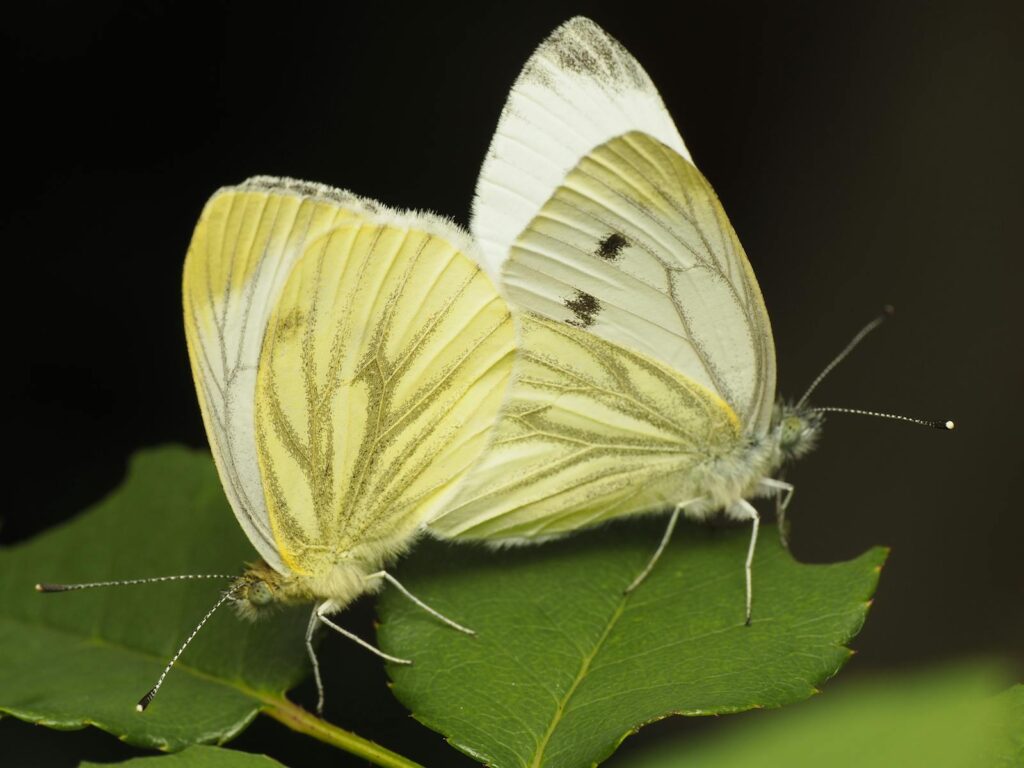
When butterflies move beyond visual and chemical signals to physical interaction, they engage in sophisticated tactile communication that conveys specific messages. During courtship, male butterflies of many species gently tap females with their antennae or forelegs, transmitting vibrational signals that communicate their intentions and quality as mates. The cabbage white butterfly male performs a specific sequence of wing taps against the female’s wings, creating a tactile pattern that must be correctly executed to advance the courtship process. Some species engage in what researchers call “frontal encounters,” where individuals face each other and exchange chemical and tactile information through direct antennal contact. These touch-based conversations often represent the final verification stage before mating, allowing butterflies to confirm at close range the information first exchanged through visual and chemical channels from a distance.
Warning Coloration as a Universal Signal
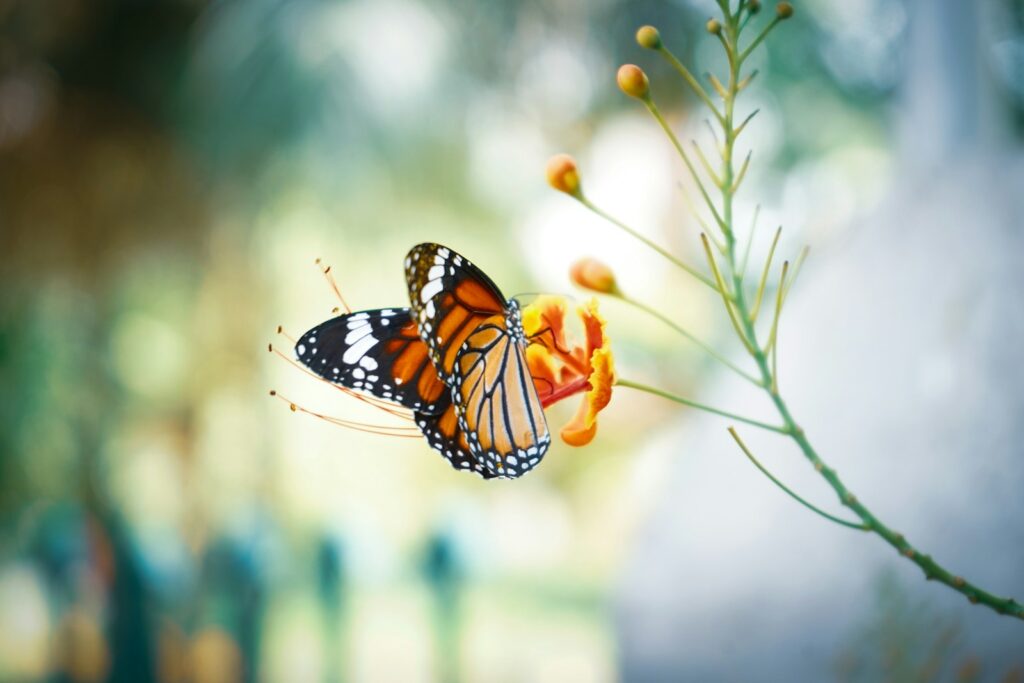
Many butterfly species have evolved striking warning coloration patterns that broadcast a clear message to potential predators: “I am toxic or distasteful—eat at your own risk.” This phenomenon, known as aposematism, represents one of the most direct forms of visual communication in the natural world. The monarch butterfly’s distinctive orange and black pattern serves as a widely recognized warning of the cardiac glycosides contained in its tissues, toxins acquired from milkweed plants during the caterpillar stage. Predators who experience the unpleasant taste or effects of consuming such butterflies quickly learn to associate these bold color patterns with negative consequences. The effectiveness of this communication is demonstrated by the evolution of Batesian mimicry, where non-toxic species evolve to resemble toxic ones, essentially “speaking” the same visual language to gain protection. Warning coloration represents a remarkable example of how selection pressure can lead to the evolution of clear visual signals that effectively communicate across species boundaries.
Puddling Behavior as Social Signaling
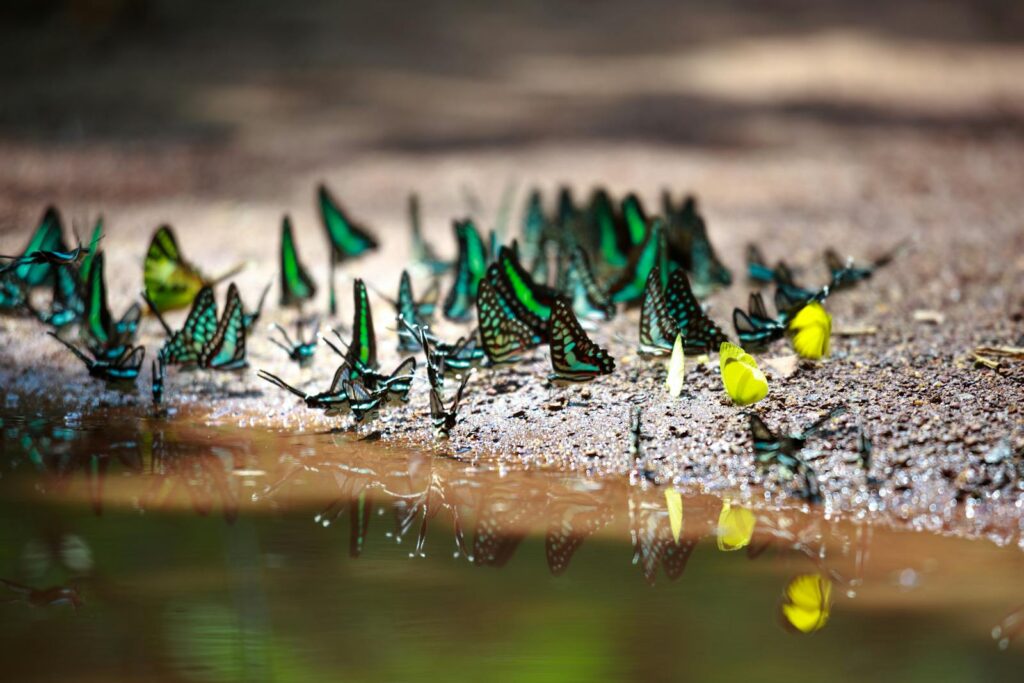
When male butterflies gather in groups around mud puddles, river banks, or animal waste, they aren’t just collecting nutrients—they’re participating in a complex social signaling system. This behavior, known as “puddling,” allows males to collect sodium and other minerals that will later be transferred to females during mating as a nutritional gift. The gathering of multiple males creates visual signals that can attract additional butterflies from considerable distances, with the aggregation itself serving as a beacon that indicates the presence of valuable resources. Researchers have observed hierarchies within these puddling groups, with larger or more dominant males displacing others from prime positions through subtle wing displays and positioning behaviors. The sodium collected during puddling enhances the quality of the male’s sperm and the nutritional gifts provided to females, making this behavior both a social signaling system and an investment in reproductive fitness.
Host Plant Selection as Maternal Communication
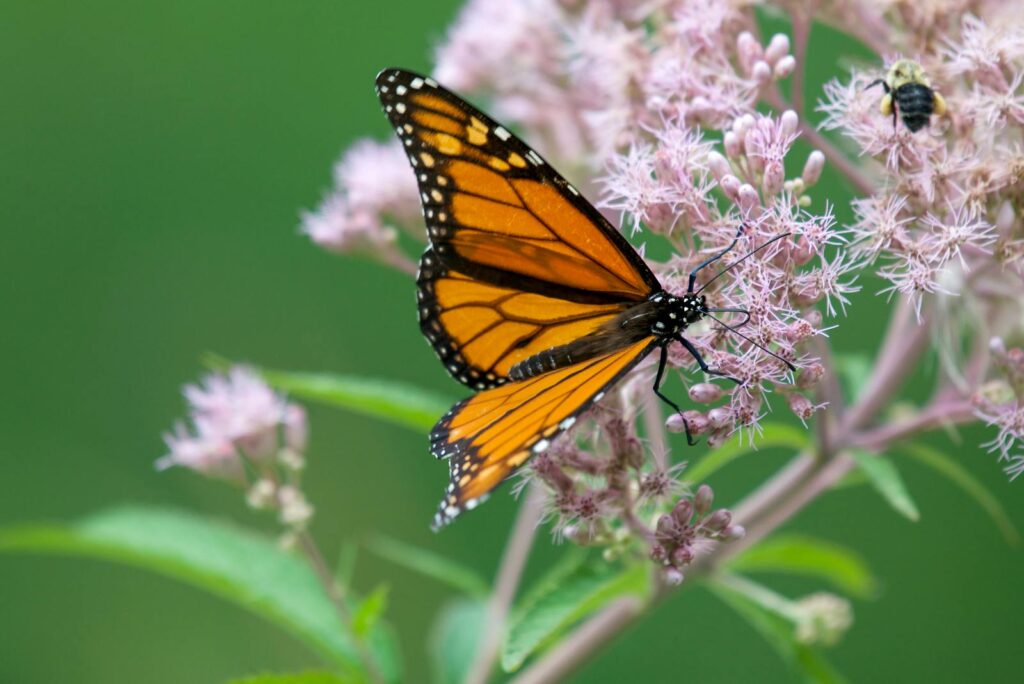
Female butterflies engage in a sophisticated form of communication with their yet-unborn offspring through their careful selection of egg-laying sites. By choosing specific host plants for their eggs, females essentially send a message across generations, providing their caterpillars with appropriate food sources without ever meeting them. This selection process involves a complex assessment using chemoreceptors on the female’s feet, allowing her to “taste” leaves to confirm their chemical compatibility with her offspring’s needs. The monarch butterfly can distinguish between different species of milkweed, selecting those with optimal toxin levels that will provide the best protection for her caterpillars while avoiding plants with excessive concentrations that could harm them. Some butterfly species lay eggs on the underside of leaves, communicating through placement a strategy for protecting eggs from predators and harsh weather. This form of maternal communication represents one of the most consequential signals in a butterfly’s life cycle, directly influencing the survival prospects of the next generation.
Collective Movement Signals
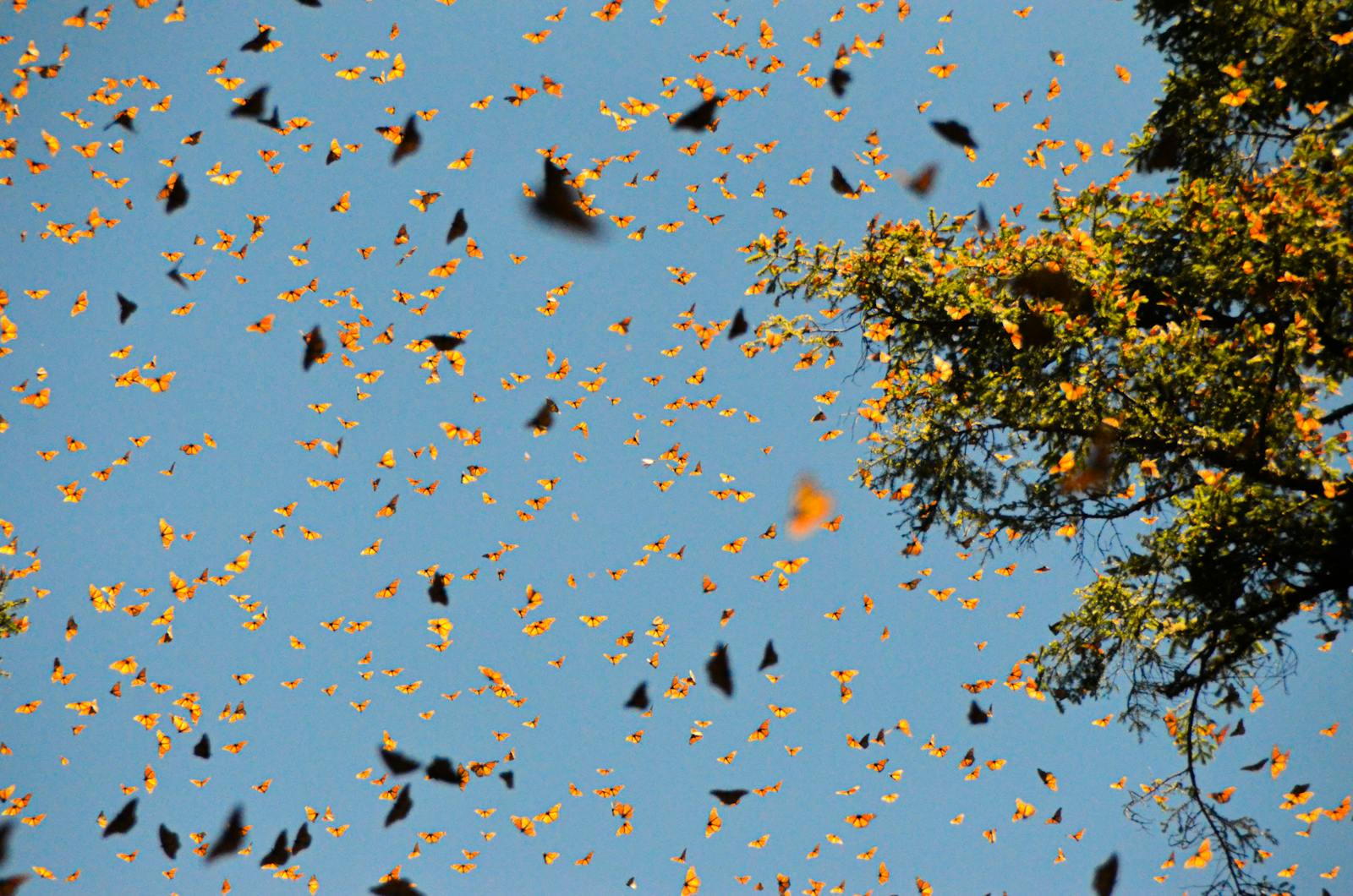
Migratory butterfly species have developed remarkable systems for communicating movement directions and timing to create one of nature’s most spectacular phenomena. The monarch butterfly’s multi-generational migration relies on complex environmental cues and internal compasses, with directional information somehow preserved across four generations of butterflies that have never seen their destination. When monarchs gather in roosting trees during migration, their clustering behaviors create visual signals that attract other monarchs, with the growing aggregation itself serving as communication that helps synchronize departure times. Red admiral butterflies have been observed using a form of “follow the leader” behavior during migration, where the flight path of leading individuals communicates directional information to those behind them. These collective movement signals enable butterflies to undertake journeys that would be impossible for individuals acting alone, demonstrating how communication can emerge at the group level even among insects not typically considered social.
Temperature Regulation Through Wing Positioning
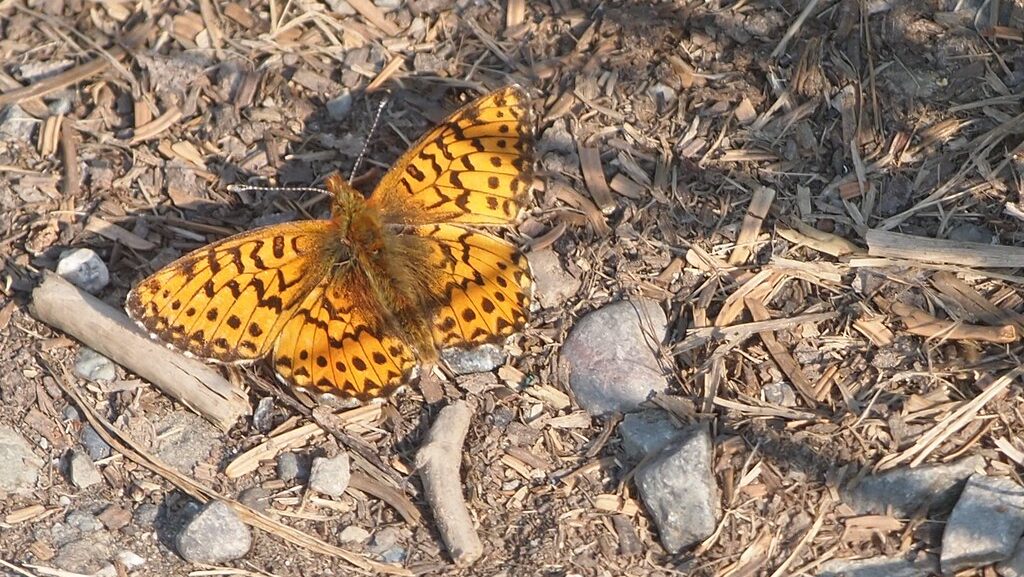
Butterflies use wing positioning as a form of thermoregulatory communication, signaling their physiological state to potential mates and predators. When a butterfly basks with wings spread perpendicular to the sun’s rays, it’s not just warming itself but also signaling its capacity to achieve optimal body temperature efficiently—an indicator of overall health and vigor that potential mates can assess. During periods of excessive heat, many species perform a behavior called heat avoidance posturing, positioning their wings parallel to the sun’s rays to minimize absorption and communicate their ability to manage thermal stress. Some butterflies, including several fritillary species, adopt distinctive postures when overheated that signal their temporary vulnerability, information that both predators and competing males can potentially interpret. These thermoregulatory behaviors create a visual language that communicates physiological state, with implications for mate selection and predator-prey interactions.
How Humans Can “Read” Butterfly Signals
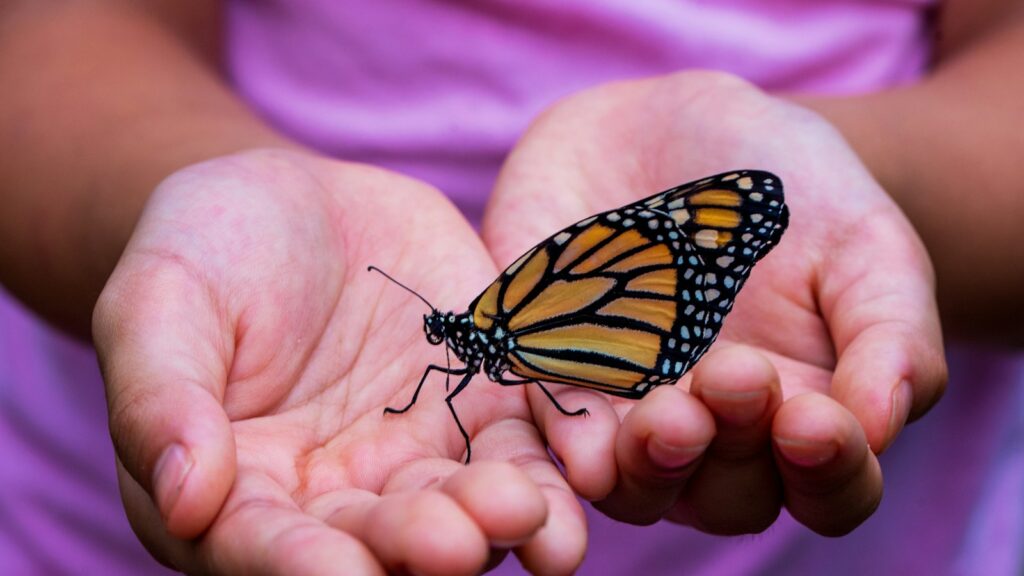
With careful observation and knowledge, humans can learn to interpret many of the silent signals that butterflies use to communicate with each other and their environment. Recognizing the rapid, directional flight of a female butterfly being pursued by males allows observers to witness courtship behaviors that might otherwise go unnoticed in garden settings. Butterfly enthusiasts can identify territorial behavior by watching for perched butterflies that repeatedly chase away intruders before returning to the exact same leaf or branch. Conservation efforts have benefited from understanding the chemical signals involved in host plant selection, allowing habitat restoration projects to include the specific plant species that communicate “lay eggs here” to female butterflies of threatened species. By learning to read these signals, humans gain not only a deeper appreciation for these remarkable insects but also practical knowledge that can inform conservation efforts and habitat management for these important pollinators.
The Evolution of Silent Communication

The sophisticated silent language of butterflies represents millions of years of evolutionary refinement, shaped by the unique challenges these insects face. Unlike many insects that can produce sounds through stridulation or other mechanisms, butterflies evolved from ancestors that lacked sound-producing structures, driving the development of alternative communication channels. The pressure to communicate efficiently while minimizing energy expenditure has led to the development of multipurpose signals, where wing patterns simultaneously attract mates and warn predators. Competition between males has driven the evolution of increasingly elaborate visual displays, while selection by predators has refined these signals to minimize visibility to threatening species while maximizing detectability to potential mates. This evolutionary arms race between signal clarity and predator evasion has produced communication systems of remarkable elegance and efficiency, demonstrating how limitations in one sensory modality can drive innovation in others. The silent language of butterflies stands as a testament to evolution’s creative power to develop complex communication systems even without the capacity for sound.
Conclusion
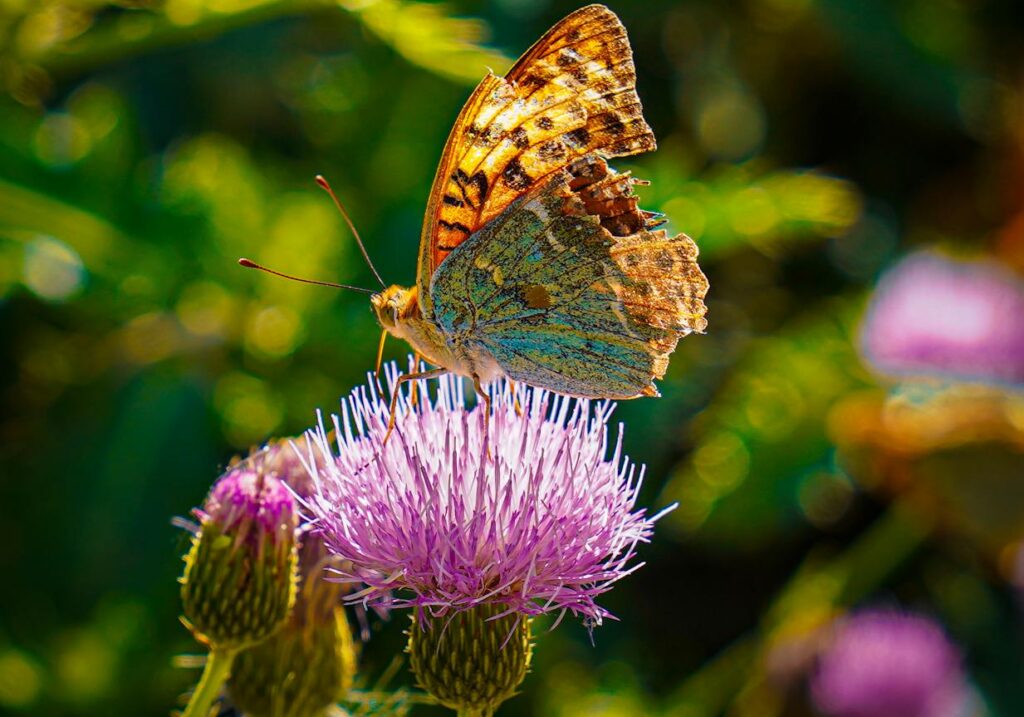
As we’ve explored, butterflies have evolved a remarkably sophisticated language without uttering a single sound. Their communication system integrates visual signals through wing patterns and flight behaviors, chemical messages via pheromones, ultraviolet signals invisible to human eyes, and tactile exchanges during close encounters. This multifaceted approach to communication enables these short-lived insects to efficiently find mates, avoid predators, locate resources, and ensure the survival of their offspring. The complexity and precision of butterfly communication challenge our human-centric notion that sophisticated language requires sound. In the silent conversations of butterflies, we find a profound reminder that communication takes many forms in nature, each elegantly adapted to the specific needs and capabilities of the species. Perhaps most remarkably, this elaborate language unfolds daily in our gardens and parks, a silent symphony of signals operating just beyond the boundaries of human perception.

